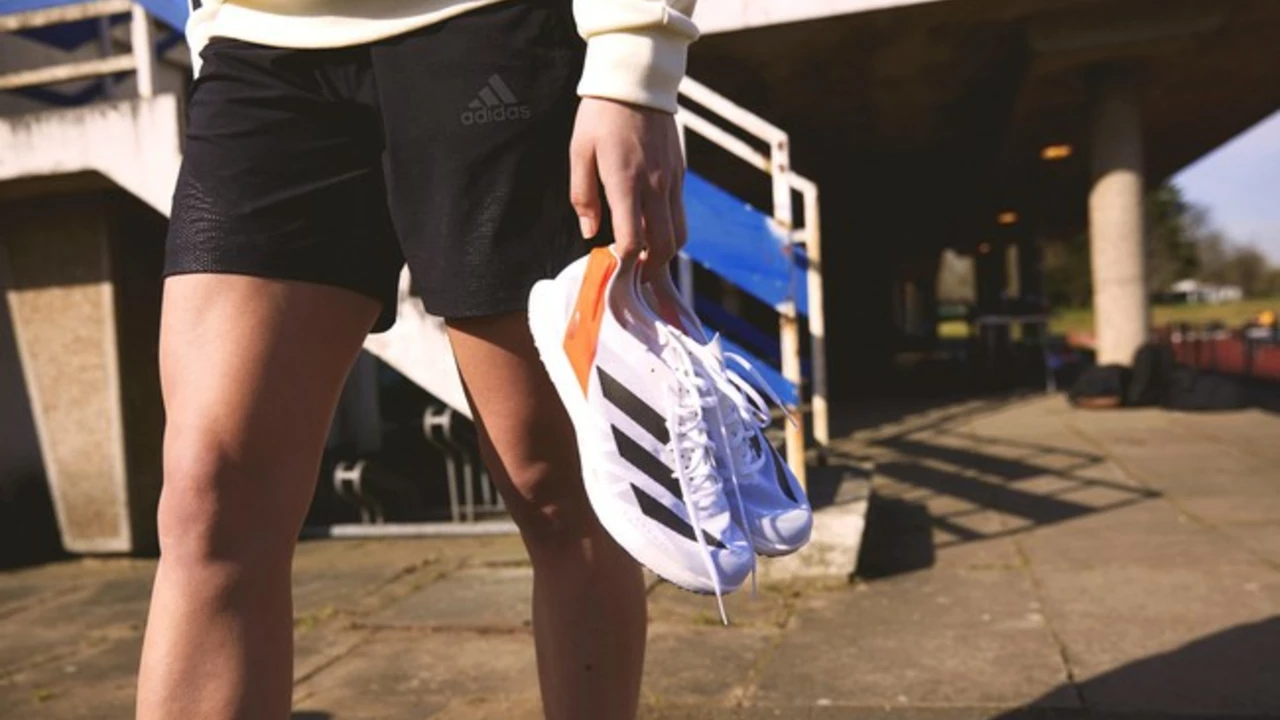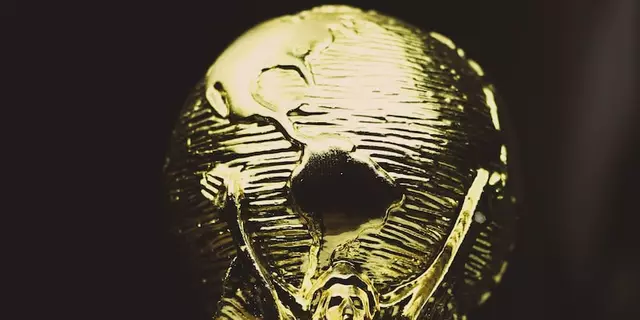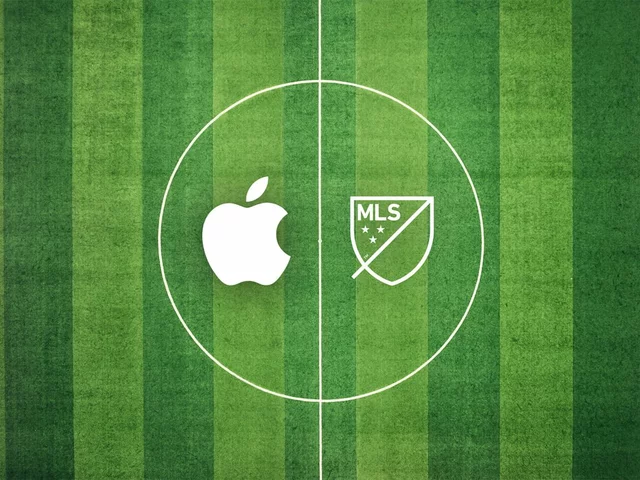Understanding the Basics of Running Cleats
In this section, we will dive into the basics of running cleats. These are a specific type of shoes designed for running on different terrains, especially grass and dirt. They have spikes or studs on the soles to provide extra grip and traction. Cleats can be found in many sports, such as football, soccer, and baseball, but are also used by some runners to improve performance. However, just like any other equipment, running in cleats has its advantages and disadvantages, which we will explore in the following sections of this article.
Benefits of Running in Cleats
Now, let's delve into the numerous benefits of running in cleats. These shoes can significantly enhance your running experience, especially on challenging terrains. They offer superior traction, stability, and support, which can improve your performance and reduce the risk of injuries. Additionally, cleats can also enhance your speed and agility, making them an excellent choice for competitive runners or athletes.
Enhanced Traction and Grip
One of the main advantages of using cleats for running is the improved traction and grip they provide. This is especially important when running on slippery or uneven terrains, such as muddy fields or rainy weather conditions. The studs or spikes on the soles of cleats dig into the ground, providing a secure footing and preventing slips and falls. This can significantly improve your performance and safety during your run.
Increased Speed and Agility
Beyond offering excellent traction, running in cleats can also boost your speed and agility. The secure footing provided by cleats allows for more powerful strides and quicker changes in direction. This can be particularly beneficial for athletes participating in sports that require fast, explosive movements, such as football or soccer. However, even recreational runners can enjoy the speed and agility benefits of running in cleats.
Disadvantages of Running in Cleats
Despite the numerous benefits, running in cleats also has its downsides. These can range from discomfort and blisters to a higher risk of certain injuries. Additionally, cleats may not be suitable for all types of terrains and could potentially damage certain surfaces. It's crucial to understand these disadvantages before deciding to run in cleats.
Potential for Discomfort and Blisters
One common issue with running in cleats is the potential for discomfort and blisters. This is particularly true for those who are not used to wearing them. The rigid structure and tight fit of cleats can cause friction against the skin, leading to painful blisters. It's important to break in your cleats properly and wear appropriate socks to minimize this risk.
Risk of Injury
Another downside of running in cleats is the increased risk of certain injuries. The spikes or studs on cleats can cause a high amount of stress on your joints, especially if you run on hard surfaces. This can lead to conditions such as shin splints or stress fractures. Furthermore, the secure grip provided by cleats can also increase the risk of ankle sprains or twists, as your foot is less likely to slide during a fall.
Not Suitable for All Terrains
Lastly, while cleats can be excellent for running on grass or dirt, they are not suitable for all terrains. For instance, running in cleats on pavement or concrete can be uncomfortable and potentially damaging to your joints due to the lack of cushioning. Additionally, the spikes or studs can damage certain surfaces, such as gym floors or artificial turf. Therefore, it's essential to consider the type of terrain you'll be running on before deciding to wear cleats.







Write a comment